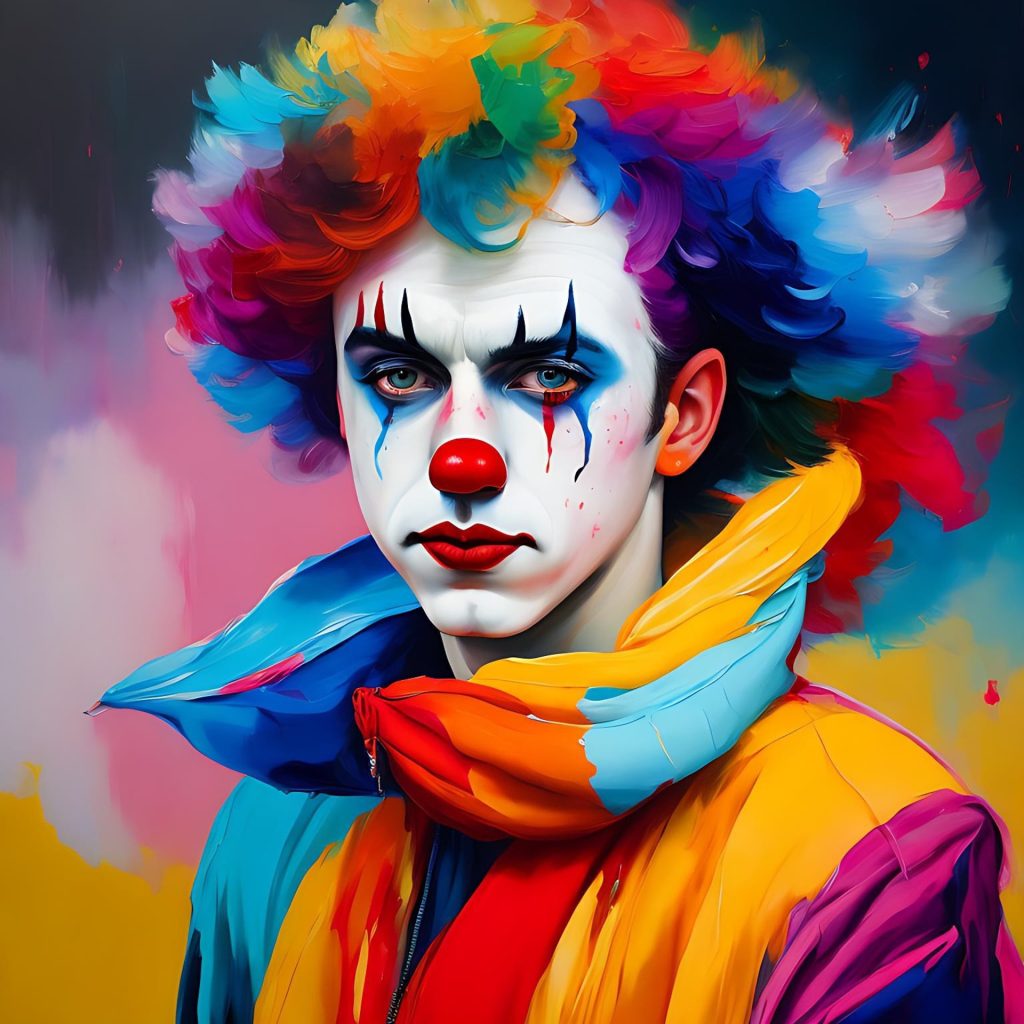What Does All Occasion Performers Mean?
Table of ContentsTop Guidelines Of All Occasion PerformersThe Of All Occasion PerformersSome Known Incorrect Statements About All Occasion Performers How All Occasion Performers can Save You Time, Stress, and Money.5 Easy Facts About All Occasion Performers Explained
He specialized in pigs and burros, which he educated and offered to other clowns. He additionally offered an act with an experienced rhinoceros and is the only person in circus background to provide a tightrope strolling elephant.He was also a benefactor that offered generously to lots of charities and he erected the first monument to soldiers killed during the Civil Battle - Stilt walkers near me. Origins of the Auguste characterThere is an extensively informed legend concerning the origins of the Auguste clown. According to the legend, an American acrobat named Tom Belling was performing with a circus in Germany in 1869
The manager unexpectedly got in the space. Belling took off running, winding up in the circus arena where he tipped over the ringcurb. In his humiliation and rush to run away, he tipped over the ringcurb again on his escape. The target market yelled, "auguste!" which is German for fool. The manager regulated that Belling continue looking like the Auguste.
4 Easy Facts About All Occasion Performers Shown
For something, words Auguste did not exist in the German language up until after the personality ended up being prominent. Among the concepts of the real origin is that Belling copied the personality from the R'izhii (Red Haired) clowns he saw when he visited Russia with a circus (https://sniangs-skoot-mcfeop.yolasite.com/). Personalities like the auguste definitely existed previously

The dance later on came to be referred to as tap dancing. It ought to be kept in mind that there are alternative 'origins' for the vagrant character"among which was the taking a trip "hoe boys," or itinerant farm workers, that rode the rails from one town to one more, cleaning the residue away from their eyes & mouth.
Get This Report on All Occasion Performers
Keep in mind that the fright wig, overstated lips and eyes, extra-large apparel and props of the American clown, props such a sparkling water, packed clubs, exploding stogies, and whistles full of residue, are not Grimaldi's. They belong to Tambo and Bones. The English blackface comic Charles Mathews pertained to America in 1822 to execute and examined black life and custom-mades.
No one understands where the mummers' plays and Morris dancings came from. In such plays there is a mishmash of personalities including "kings" and "saints", cross-dressing, and blackface roles; the faces of Morris (or "Moorish") professional dancers were also smudged. The mummer's plays were not for enjoyable. A lot of were executed by paupers in the starving time after Xmas.
If refuted, they would certainly plow the transgressor's backyard. The Derby Play of the Tup was executed for food and beer by jobless young people. This use of blackface for political activity camouflaged as amusement continued America when the descendants of these males smudged their faces to protest tax obligations. One such objection has entered American history as the Boston Tea Ceremony.
The Only Guide for All Occasion Performers
While not the extravagant affairs we think about today, some early, rougher kinds of traveling circus were preferred in America from Revolutionary times-- George Washington was a follower. Blackface clowns done in them from at the very least the 1810s and maybe before; they were a staple by the 1820s. The broad red or white mouth repainted on by contemporary clowns is a remnant of the blackface mask.
The blackface mask was a clown's disguise, overemphasizing the face attributes right into a cartoon, a caricature. The blackface clown may be the precursor of today's anodyne circus clown, but otherwise the two are as opposite as blackface and whiteface.
All Occasion Performers - Truths
Who in nineteenth-century America was even more of a Besides the Negro? What better mask than blackface? In lots of customs the clown would show pop over here some physical deformity, like a hunchback, dwarfism-- or like Jim Crow, lameness - Jugglers near me. And due to the fact that he was different, an Others, the clown was allowed to claim and do points no one else could.
Satire and apology were central to minstrelsy. It's interesting that in the West African societies from which most servants came, the poet-singer griot offered the exact same satirical jester feature when the occasion emerged. That might have something to do with the curious (to us, recalling) convenience with which Southern Blacks accepted not simply the songs but also the demeaning humor of minstrelsy.

Emmett Kelly was the ideal known vagrant clown with his personality "Fatigued Willie."Tramp clowns are proficient: + jugglers + magicians + pianists + chalk talk artist + bikers.